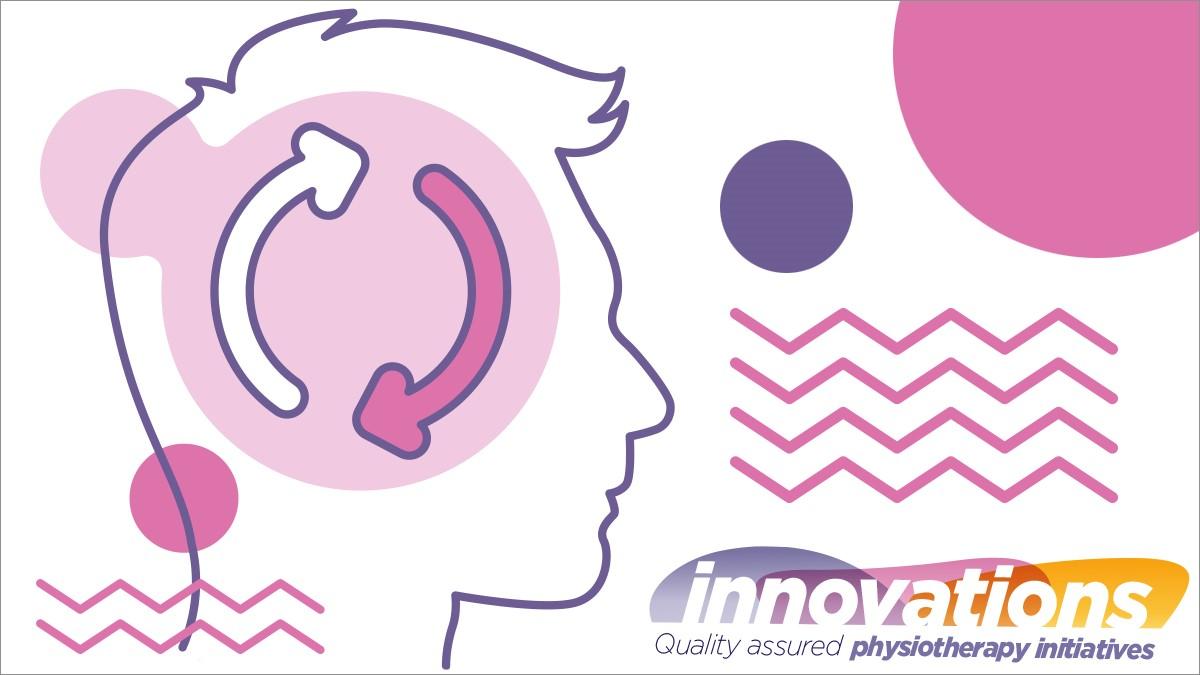Marc Berry, programme manager for the transformation team at Hampshire Hospitals NHS Trust, shares his experiences of re-thinking therapy provision in emergency care

How did you get involved in research and service improvement?
I got involved with research at St Thomas’, where a consultant physiotherapist on critical care was running several studies. I was seconded to work on these projects, as well as to a NIHR Biomedical Research Centre Fellowship, and then to work on sleep apnoea research. I returned to clinical practice at Hampshire Hospitals, where I got involved with service improvement initiatives exploring different staffing models and ways of working.
The brilliant thing about QI is that it provides a robust methodology to help clinicians give change ideas a go and see what works, while minimising risk. More importantly, anyone can do it
During this time, I successfully obtained a Health Education England Quality Improvement (QI) Fellowship post, which introduced me to a different approach to continuous improvement.
What were the main drivers for initiating this work?
In 2016 the NHSI Emergency Care Improvement Programme (ECIP) reviewed urgent and emergency care (ED) at Basingstoke and North Hampshire Hospital. One recommendation was to look at the physiotherapy and occupational therapy model in ED.
As therapists, we knew that ED was under immense pressure and some patients were being admitted for non-medical reasons. We knew that unnecessary hospital admissions had inherent risks for patients, and that we had the skills to facilitate appropriate, safe and timely discharge from ED. Despite this, we had no dedicated therapy team in ED. Therefore, I used my QI fellowship time to explore how our team could work differently across ED and inpatient wards.
How did you involve the multidisciplinary team?
The multidisciplinary team (MDT) was key in determining the project’s direction. We involved physiotherapists, occupational therapists, nurses, matrons, consultants, healthcare assistants, and ED managers in identifying challenges, generating change ideas and designing how to test these using ‘plan-do-study-act’ (PDSA) cycles. It was a continuous process of learning what worked and what didn’t. The therapists and wider MDT used this information to decide what to test further and what to keep as part of our service model.
How did you monitor whether moving therapy resources into ED impacted on inpatient therapy provision?
We used a combination of measurement to tell a rounded narrative on the impact of the tested change ideas in ED and on inpatient therapy provision.
We monitored:
- the number of patients discharged from therapies and ED
- the number of patients proactively triaged and assessed by therapies in ED
- the number of patients readmitted at seven and 28 days
- the number of patients not seen on the inpatient wards due to time constraints.
This enabled us to identify which PDSA cycles showed more patients being assessed and discharged from ED (and not being re-admitted), while minimising impact on inpatient activity. We used statistical process control (SPC) charts to monitor measurements over time. This prevented us from overreacting and discounting change ideas or models of working based on individual numbers, which – looked at over time – were part of the service’s natural variation.
How did the team feel about moving away from a traditional approach to therapy provision?
Our approach was to let the team drive the change based on the information gathered, as well as from their experience. Due to this, blurring the boundaries between occupational therapists, physiotherapists and therapy practitioners had little resistance as the team felt this was a natural progression.
Using such tools as the state of readiness for future care matrix from the AHPs into Action document helped rationalise where using shared skills could deliver more timely patient care. It also helped them to take ownership of their professions’ unique skill set. Understanding this meant that the team were prepared to be bolder and more fluid with the proposed therapy provision models.
What advice would you give someone interested in working on a similar project?
Talk to and build relationships with everyone who your work is likely to impact. Work with them to gather and share information and let this influence the changes made. These colleagues often identify challenges and opportunities that you may not have thought of. Test ideas using PDSA cycles to see what works before making permanent changes. The brilliant thing about QI is that it provides a robust methodology to help clinicians give change ideas a go and see what works, while minimising risk. More importantly, anyone can do it.
Interested in innovating?
Check out the Innovations in Physiotherapy database for more practical examples and guidance on how to submit your own work
Resources
Number of subscribers: 2




































